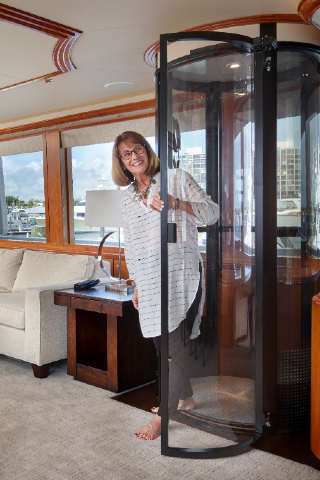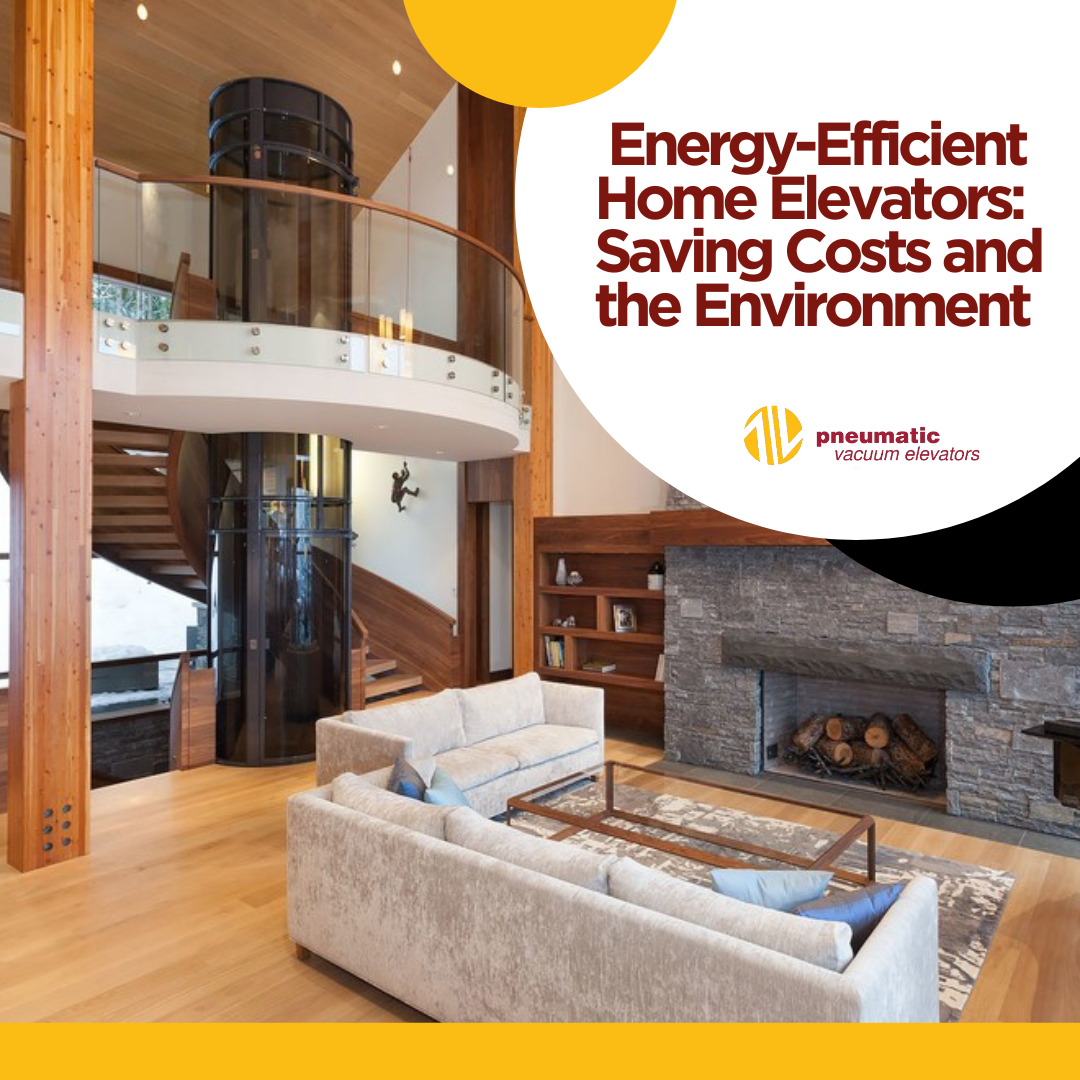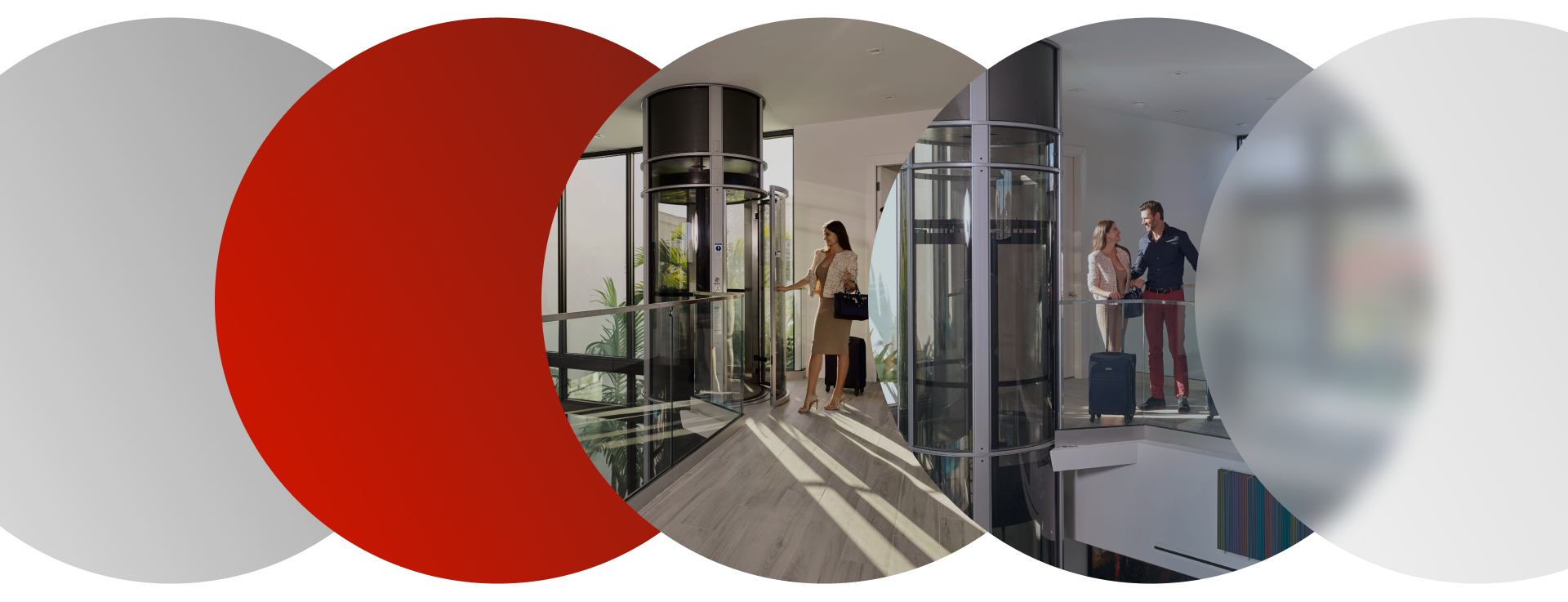In the ever-evolving landscape of domestic architecture, fostering an “age-in-place” philosophy and prioritizing seamless multi-level navigation are paramount. This is where residential Residential Elevators and Lifts emerge as ingenious solutions. They offer inhabitants the ability to conquer verticality with ease.
This technical article dives deep into residential mobility systems. We shall dissect their various forms, functionalities, installation processes, and the critical considerations that must be meticulously evaluated during the selection phase.
Differentiating Ascensores from Hoists: A Nuance Explained
While often employed interchangeably in casual discourse, a crucial distinction exists between residential ascensores and hoists.
- Residential Ascensores: These permanent fixtures operate within a designated hoistway, typically constructed from prefabricated metallic panels or drywall. They boast an enclosed cabin experience, akin to commercial elevators, and can comfortably accommodate multiple occupants or cargo.
- Residential Hoists: Primarily designed to empower individuals with restricted mobility, residential hoists offer a more compact and targeted solution. They manifest in various configurations, encompassing platform hoists, inclined wheelchair hoists, and stair-mounted ascensores. Residential hoists may or may not possess an enclosure and typically have a lower weight capacity compared to ascensores.
A Taxonomy of Residential Elevators and Lifts
A diverse array of residential ascensor and hoist options cater to specific requirements and aesthetic preferences. Here’s a comprehensive breakdown of the most prevalent types:
- Hydraulic Ascensores: They utilize a piston and pressurized hydraulic fluid for movement These ascensores are renowned for their smooth operation, quiet functionality, and the ability to service multiple floors. It does so without necessitating a dedicated machine room situated above the hoistway. However, they require a designated pit beneath the lowest level to accommodate the piston.
- Traction Ascensores: Employing a system of ropes and a counterweight, traction ascensores offer superior efficiency and are ideal for taller residences. They necessitate a dedicated machine room situated either at the apex or nadir of the hoistway.
- Pneumatic Vacuum Ascensores: Utilizing pressurized air for vertical movement, pneumatic ascensores represent a unique choice. They boast a space-saving design, are remarkably quiet, and necessitate minimal ongoing maintenance, but may have a lower weight capacity.
- Platform Hoists: These vertical platform hoists provide a cost-effective solution for individuals utilizing wheelchairs or motorized scooters. They offer a minimal footprint and can be installed within or outside the residence.
- Inclined Wheelchair Hoists: This type is ideally suited for overcoming straight-run staircases. They offer a comfortable ride for wheelchair users and often fold up for enhanced space efficiency when not in use.
- Stair-Mounted Ascensores: Mounted directly onto the existing staircase, these ascensores provide a powered seating mechanism. It traverses along the staircase path. They are suitable for individuals with limited mobility who retain the ability to transfer on and off the seat.
Selecting the Optimal Residential Ascensor or Hoist: A Multifactorial Decision
Choosing the optimal residential ascensor or hoist necessitates a meticulous evaluation of several crucial factors:
- Functionality: Precisely identify the primary purpose of the hoist or ascensor. Is it intended for everyday use by multiple occupants, or is it solely for accessibility purposes?
- Number of Floors Serviced: The number of floors the ascensor or hoist needs to traverse will significantly influence the drive system employed and, consequently, the overall cost.
- Weight Capacity: It is imperative to ensure that the chosen system can comfortably accommodate the intended weight load. It encompasses passengers, wheelchairs, and potential cargo.
- Available Space: Meticulously measure the available space for the ascensor or hoist, considering both the footprint and the hoistway dimensions (for ascensores).
- Aesthetic Considerations: Residential ascensores and hoists can be transformed into stylish additions to a home’s interior design. Explore the design options available for enclosures, doors, and finishes to seamlessly integrate with your existing décor.
- Budgetary Constraints: The costs associated with residential ascensor and hoist installations vary depending on the type chosen. It also depends on the incorporated features, and the complexity of the installation process. Establish a realistic budget and meticulously compare options from reputable providers.
The Installation of Residential Ascensores and Hoists: A Step-by-Step Exposition
Installing a residential ascensor or hoist typically involves a series of well-defined steps:
- In-Depth Consultation: A qualified professional from the chosen company will conduct a comprehensive on-site visit to meticulously assess the available space, discuss your specific needs in detail, and recommend suitable options that align with your requirements.
- Permit Procurement: Obtaining the necessary permits from the local authorities is a crucial step. The consultant can guide you through this process to ensure compliance with all regulations.
- Design & Customization: Following the selection of the most suitable ascensor or hoist, the chosen system needs customization to your exact specifications. This customization encompasses the dimensions of the unit, the chosen finishes for a seamless aesthetic integration, and the incorporation of any additional features you may desire.
- Installation Process: A team of highly skilled professionals will meticulously handle the installation, which may involve structural modifications to accommodate the ascensor or hoist and electrical work to ensure a safe and reliable power supply.
- Inspection & Certification: Upon completion of the installation process, a thorough inspection will be conducted by a qualified professional. This inspection serves to verify that the system adheres to all relevant safety standards and receives the necessary certifications for operation.
Maintenance Considerations for Residential Elevators and Lifts
To ensure the continued smooth operation, safety, and longevity of your residential ascensor or hoist, a proactive maintenance approach is essential. Here’s a breakdown of the recommended maintenance practices:
- Regular Inspections: Schedule periodic inspections conducted by a qualified technician in accordance with the manufacturer’s recommendations. These inspections typically involve a comprehensive examination of the mechanical components, safety features, and overall functionality of the system.
- Preventative Maintenance: Preventative maintenance practices, such as lubricating moving parts and replenishing hydraulic fluids (if applicable), can significantly extend the lifespan of your ascensor or hoist. They also minimize the risk of unexpected breakdowns.
- Cleaning and Upkeep: Regular cleaning of the ascensor or hoist, encompassing the interior cabin, platform, and tracks (for hoists), is crucial for maintaining a hygienic and aesthetically pleasing environment.
Future Advancements in Residential Ascensores and Hoists
The realm of residential ascensores and hoists is constantly evolving, with advancements in technology paving the way for innovative features and enhanced user experiences. Here’s a glimpse into some potential future developments:
- Smart Ascensores and Hoists: Integration of smart home technologies could enable remote operation via smartphones. They also do so with voice-activated controls, and seamless integration with other smart home systems.
- Biometric Recognition: Biometric recognition technology could potentially streamline access control, allowing authorized users to operate the ascensor or hoist with a simple fingerprint scan or facial recognition.
- Self-Diagnostics and Predictive Maintenance: Advanced self-diagnostic capabilities could identify potential issues before they escalate into major breakdowns. This would allow for predictive maintenance, minimizing downtime and repair costs.
- Improved Aesthetics: As design trends evolve, expect to see a wider array of aesthetically pleasing finishes and materials employed in the construction of residential ascensores and hoists, allowing them to seamlessly integrate into any home décor.
In conclusion, residential elevators and lifts (ascensores and hoists) represent ingenious solutions for navigating multi-story homes. They foster accessibility, and promoting an “aging-in-place” philosophy. By carefully considering your specific needs, exploring the available options, and ensuring proper installation and maintenance, you can unlock a new level of convenience and independence within your residence.








